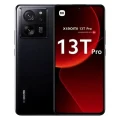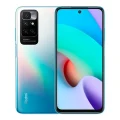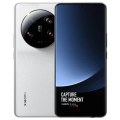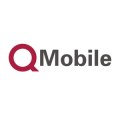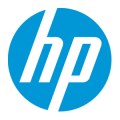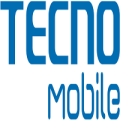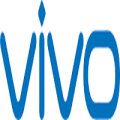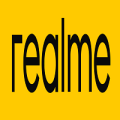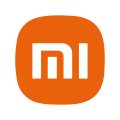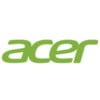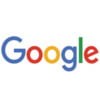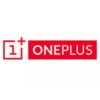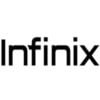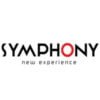- Awesome page
- Latest Mobile
- Smartphones
- Xiaomi 11i
Xiaomi 11i
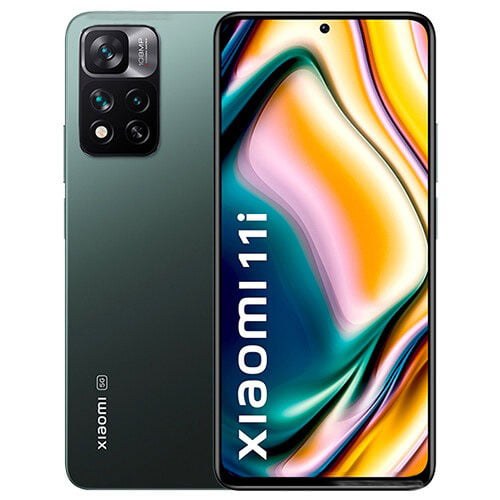


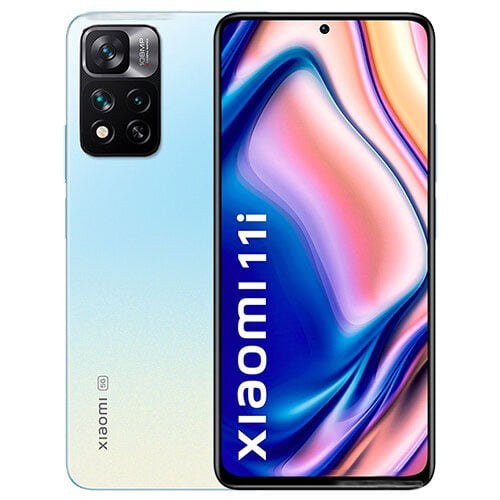
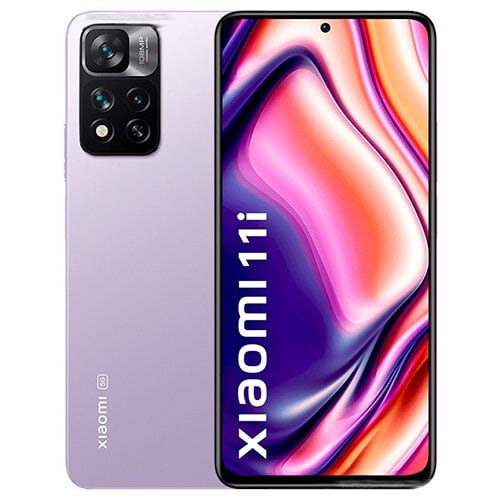
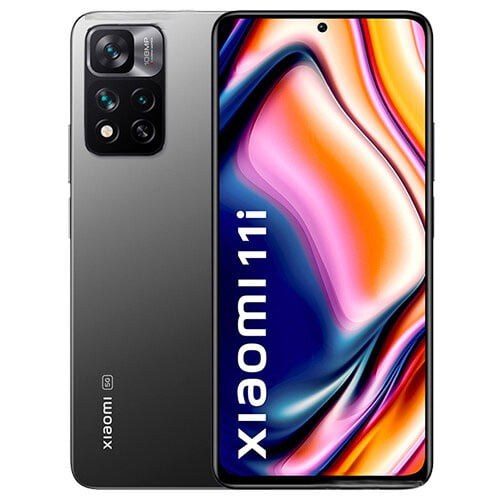
Xiaomi 11i Price in Bangladesh
The Xiaomi 11i Price in Bangladesh is BDT 26,500, available in two variants: 128GB storage with 6GB RAM and 256GB storage with 8GB RAM. It features a robust 5160mAh battery with 67W fast charging, ensuring quick recharges and long-lasting battery life. The Xiaomi 11i runs on Android 11 and is powered by the MediaTek Dimensity 920 5G (6 nm) chipset, providing excellent performance and 5G connectivity. The Xiaomi 11i Price in Bangladesh makes it an attractive option for users seeking a feature-packed 5G smartphone at a mid-range price point.
Specifications
General
| Model | Xiaomi 11i |
| Announced | 2022, January 06 |
| Released | 2022, January 12 |
| Status | Available |
| Unofficial price | 6GB 128GB ৳26,500 / 8GB 128GB ৳30,000 |
Design
| Dimensions | 163.7 x 76.2 x 8.3 mm (6.44 x 3.00 x 0.33 in) |
| Weight | 207 g (7.30 oz) |
| Colors |
Camo Green, Stealth Black, Purple Mist, Pacific Pearl |
Network
| Technology | GSM / HSPA / LTE / 5G |
| 2G Network |
GSM 850 / 900 / 1800 / 1900 - SIM 1 & SIM 2 |
| 3G Network |
HSDPA 850 / 900 / 1700(AWS) / 1900 / 2100 |
| 4G Network |
1, 3, 5, 8, 40, 41 |
| 5G Network |
1, 3, 5, 8, 28, 40, 77, 78 SA/NSA |
| GPRS <strong>GPRS</strong> (General Packet Radio Service) is a packet oriented mobile data service on the 2G and 3G cellular communication system's global system for mobile communications (GSM), Generally, GPRS is used for the purpose of wireless data transfer, such as sharing pictures and videos or browsing the Internet via a mobile phone connection. | |
| EDGE <strong>EDGE</strong> (Enhanced Data GSM Environment) is a wireless network technology generally considered the next step in the 2G network offers data transfer rates up to four times faster than ordinary GSM networks, Generally, EDGE is used for the purpose of wireless data transfer, such as sharing pictures and videos or browsing the Internet via a mobile phone connection. | |
| Speed | HSPA 42.2/5.76 Mbps, LTE-A (CA), 5G |
Display
| Display Type <strong>Display Technology => </strong> A number of display technologies and types used in mobile phones => TFT (Thin Film Transistor), IPS (In-Place Switching), OLED (Organic Light Emitting Diode), AMOLED (Active-Matrix Organic Light-Emitting Diode), Super AMOLED (an even advanced version of AMOLED), Resistive Touchscreen (Resistive touchscreens contain two layer of conductive material with a very small gap between them which acts as a resistance), Capacitive Touchsceen (Capacitive touchscreen technology consists of a layer of glass coated with a transparent conductor) | AMOLED capacitive touchscreen, 16M colors |
| Size | 6.67 inches, 107.4 cm2 (~86.1% screen-to-body ratio) |
| Resolution | 1080 x 2400 pixels, 20:9 ratio (~395 ppi density) |
| Features |
Corning Gorilla Glass 5 120Hz, HDR10, 700 nits, 1200 nits (peak) |
Camera
Main camera
| Camera Setup | Triple |
| Primary <strong>Camera</strong> is able to capture photographs and usually videos, The most important characteristics of a camera are the resolution (measured in megapixels), lens focus type (fixed or automatic), higher megapixel cameras are known to capture higher quality photos, but not always a good measurement of the photos quality. |
108 MP, f/1.9, 26mm (wide), 1/1.52&amp;quot;, 0.7µm, dual pixel PDAF 8 MP, 120˚ (ultrawide) 2 MP, f/2.4, 50mm (telephoto macro) |
| Features |
LED flash, HDR, panorama |
| Video | 4K@30fps, 1080p@30/60/120fps, 720p@960fps |
Selfie camera
| Camera Setup | Single |
| Primary <strong>Camera</strong> is able to capture photographs and usually videos, The most important characteristics of a camera are the resolution (measured in megapixels), lens focus type (fixed or automatic), higher megapixel cameras are known to capture higher quality photos, but not always a good measurement of the photos quality. |
16 MP, f/2.5, (wide), 1.0µm |
| Features |
Panorama |
| Video | 1080p@30fps |
Hardware
| Chipset <strong>Chipset</strong> is a group of integrated circuits designed to perform one or a more dedicated functions, often with real time computing constraints, Popular smartphones are equipped with more advanced embedded chipsets that can do many different tasks depending on their programming. | MediaTek Dimensity 920 5G (6 nm) |
| CPU <strong>CPU</strong> (Central Processing Unit) mostly known as processors, CPU processes instructions in order to carry out certain functions that make your device operate properly. Processors are often described as the brain of computers, smartphones and tablets, Smartphones and tablets rely on processors to carry out their every task, Processors are an incredibly important factor in selecting any type of computing device, including your smartphone. | Octa-core (2x2.5 GHz Cortex-A78 & 6x2.0 GHz Cortex-A55) |
| GPU <strong>GPU</strong> (Graphics Processing Unit) is a single-chip processor designed to rapidly manipulate and alter memory to accelerate the creation of images in a frame buffer intended for output to a display, This includes things such as lighting effects, object transformations, and 3D motion. | Mali-G68 MC4 |
| RAM (Memory) <strong>RAM</strong> (Random Access Memory) is a type of computer memory that can be accessed randomly, any byte of memory can be accessed without touching the preceding bytes that allows information to be stored and accessed quickly from random locations. RAM is the most common type of memory found in computer systems, smartphones, tablets and other electronic devices. | 6/8 GB |
| Internal Storage <strong>Internal Storage</strong> is a data storage space (flash memory) mostly used in smartphones, tablets and other electronic devices where operating system, apps, music, photos, videos, files and other user data Is stored. | 128/256 GB UFS 2.2 |
| Sensors <strong>Sensors</strong> are electronic components that detects and responds to some type of input from the physical environment. The specific input could be light, heat, motion, moisture, pressure and location, The output is generally a signal that is converted to use in computing systems, a location sensor, such as a GPS receiver is able to detect current location of your electronic device. |
Fingerprint (side-mounted), accelerometer, gyro, proximity, compass |
Connectivity
| Bluetooth <strong>Bluetooth</strong> is a wireless communications technology for exchanging data between mobile phones, headsets, computers and other network devices over short distances without wires, Bluetooth technology was primarily designed to support simple wireless networking of personal consumer devices. | 5.2, A2DP, LE |
| Infrared <strong>Infrared</strong> connectivity is an old wireless technology used to connect two electronic devices. It uses a beam of infrared light to transmit information and so requires direct line of sight and operates only at close range. | |
| USB | USB Type-C 2.0, USB On-The-Go |
| GPS <strong>GPS</strong> The Global Positioning System is a satellite-based radio navigation system, GPS permits users to determine their position, velocity and the time 24 hours a day, in all weather, anywhere in the world, In order to locate your position, your device or GPS receiver must have a clear view of the sky. | Yes, with A-GPS, GLONASS, GALILEO, BDS |
| NFC <strong>NFC</strong> (Near field communication) is a set of standards for smartphones and similar devices to establish peer-to-peer radio communications with each other by touching them together or bringing them into proximity, usually no more than a few inches. |
Battery
| Battery Type <strong>Battery Type => </strong> Cell phones run on various kinds of batteries depending on the manufacturer, phone size or shape and features. There are basically four types of cell phone batteries => Lithium Polymer, Lithium Ion, Nickel Metal Hydride and Nickel Cadmium. | Non-Removable Li-Po |
| Capacity <strong>Battery Capacity</strong> is a measure (typically in Amp-hr) of the charge stored by the battery, and is determined by the mass of active material contained in the battery. The battery capacity represents the maximum amount of energy that can be extracted from the battery under certain conditions. | 5160 mAh |
| Charging Charging | Fast charging 67W, 100% in 43 min (advertised) |
Xiaomi 11i Review – Is This the Game-Changer for Budget Smartphones?
In a market flooded with smartphone options, the Xiaomi 11i stands out as a potential game-changer. With its impressive hardware specifications and competitive price, it promises to offer features typically reserved for high-end devices. But does it live up to the hype? In this in-depth review, we’ll explore everything you need to know about the Xiaomi 11i, from its hardware to user experience, and how it stacks up against its competition.
Specifications Deep Dive
The Powerhouse Under the Hood
At the heart of the Xiaomi 11i is the MediaTek Dimensity 920 processor. This octa-core chipset is designed for speed and efficiency, ensuring smooth performance whether you’re gaming, streaming videos, or multitasking between apps. Coupled with up to 8GB of RAM, the Xiaomi 11i can handle demanding tasks with ease, making it a reliable choice for tech enthusiasts looking for a budget-friendly yet powerful device.
Capturing Moments with Precision
The camera system on the Xiaomi 11i is nothing short of impressive for its price range. It features a quad-camera setup:
- 108MP main sensor: Offers stunning detail and clarity, making your photos look almost professional.
- 8MP ultra-wide lens: Perfect for capturing expansive landscapes and group shots.
- 2MP macro lens: Enables you to capture close-up details with surprising accuracy.
- 2MP depth sensor: Enhances portrait shots by providing a natural-looking bokeh effect.
Whether you’re snapping photos in broad daylight or low light conditions, the Xiaomi 11i’s camera ensures you get excellent results.
Staying Powered Up
Battery life is a critical factor for any smartphone user, and the Xiaomi 11i doesn’t disappoint. It packs a 5160mAh battery, which can easily last through a full day of heavy use. Additionally, the phone supports 67W fast charging, which can charge the device from 0% to 100% in just under an hour. This is particularly convenient for users who are always on the go and need a quick power boost.
Stunning Visuals with Every Swipe
The Xiaomi 11i boasts a 6.67-inch AMOLED display with a 120Hz refresh rate. This means smoother animations, quicker response times, and a more visually appealing experience overall. The FHD+ resolution ensures that images and text appear crisp and clear, while the HDR10 support provides vibrant colors and better contrast.
User Experience
Real-World Performance
The Xiaomi 11i excels in real-world performance. Apps open swiftly, and the device handles multitasking without breaking a sweat. Whether you’re switching between social media apps, editing photos, or playing graphically intensive games, the Xiaomi 11i offers a seamless experience. The high refresh rate display also makes scrolling through feeds and navigating the UI feel incredibly smooth.
Photography in Everyday Scenarios
In terms of photography, the Xiaomi 11i shines in various scenarios. The 108MP main sensor captures detailed and vibrant photos, while the ultra-wide lens is great for capturing wider scenes. The macro lens, although not frequently used by most, provides a unique perspective for close-up shots. The inclusion of a night mode enhances low-light photography, providing well-lit and less noisy images even in challenging lighting conditions.
Battery Life in Daily Use
Battery life is another area where the Xiaomi 11i performs admirably. With moderate to heavy use, including browsing, streaming, and gaming, the phone easily lasts a full day. The fast charging capability also means you spend less time tethered to a charger and more time using your device. This makes it an excellent choice for users who demand reliability and efficiency from their smartphones.
Comparison with Competitors
Xiaomi 11i vs. Realme 8 Pro
When compared to the Realme 8 Pro, the Xiaomi 11i holds its own quite well. Both phones offer similar camera setups, but the Xiaomi 11i’s higher resolution main sensor gives it an edge in terms of image quality. The Realme 8 Pro might have a slight advantage in terms of design and build quality, but the Xiaomi 11i’s performance and battery life tilt the scales in its favor.
Xiaomi 11i vs. Samsung Galaxy A52
The Samsung Galaxy A52 is another strong competitor in this price range. While the Galaxy A52 offers a robust set of features, including waterproofing and a slightly better software experience with One UI, the Xiaomi 11i outperforms it in areas like camera resolution and battery life. For users who prioritize performance and camera quality, the Xiaomi 11i is a compelling choice.
Xiaomi 11i vs. Poco X3 Pro
The Poco X3 Pro is known for its value-for-money proposition, but the Xiaomi 11i offers a more balanced package with a better display and camera system. While the Poco X3 Pro might appeal to gamers with its Snapdragon 860 processor, the Xiaomi 11i provides a more well-rounded experience for everyday use and photography enthusiasts.
Pros and Cons
Pros
- High-Resolution Camera: The 108MP main sensor sets a new standard for photography in this price range.
- Exceptional Battery Life: The 5160mAh battery ensures you can go through a day of heavy use without needing a recharge.
- Fast Charging: The 67W fast charging capability is a game-changer for users who are always on the move.
- Smooth Display: The 120Hz AMOLED display provides a visually pleasing and responsive experience.
Cons
- Software Bloat: MIUI comes with pre-installed apps that some users might find unnecessary.
- Design: While functional, the design of the Xiaomi 11i might not be as premium-feeling as some of its competitors.
- Macro Lens: The 2MP macro lens, though useful, is not as impactful as the other camera sensors.
Conclusion
The Xiaomi 11i is a remarkable device that offers excellent value for its price. With its high-resolution camera, long-lasting battery, and smooth performance, it caters to tech enthusiasts, photographers, and everyday users alike. If you’re in the market for a budget-friendly smartphone that doesn’t skimp on features, the Xiaomi 11i is definitely worth considering.
Explore more insights and share your thoughts on our [website/blog link]. We’d love to hear from you!
